There has recently been a curious “debate” on one of the major Swedish wine blogs on what is “the stongest wine in the world”, naturally fermented, excluding fortified wines.
It started some time back with the blogger / wine writer Mikael Molstad, who writes for one of Sweden’s biggest daily paper, Svenska Dagbladet.
It started somewhere around 16% and with yesterday’s post he has reached 16,9%. In it he also refers to a comment I wrote about that in southern Italy, in Apulia, there are plenty of stronger wines. Here is his post: “Dagens toppnotering: 16,9% alkoholhalt“.
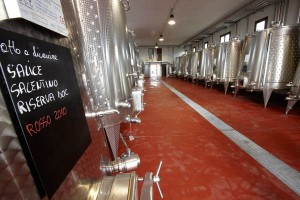
We were recently in Apulia, the only Swedish wine journalists invited to the first edition of Apulian Wine Identity, a a strange hybrid between a wine competition and a primeur tasting for wines from Puglia.
In Puglia (or Apulia if you wish) they make wines that often are very powerful. They are currently focusing their promotion efforts on three main grape varieties: negroamaro, primitivo and nero di troia. Primitivo has already acquired some international fame but the others are quite unknown outside the region. In Puglia you can easily find examples of wines with 16%, 17%, 18% and occasionally even 19% of alcohol.
It is frequently said in wine courses that the yeast that transforms the sugar into alcohol dies when the alcohol level reaches 15-16% but evidently they have much sturdier yeast strains in southern Italy! At least in the cellars of producers like Gianfranco Fino, Mille Una, Schola Sarmenti and others.
Usually I do not really pay much attention to the alcohol level in wine – I think it is more important to taste the wine and evaluate if it is good and if it is balanced. To judge a wine according to a number printed on the label rather than by its taste is pointless. (Although some while back there was an internet discussion among wine bloggers on if one should write the alcohol percentage in one’s wine reviews. Many people actually thought that was important.) And a wine with 14-15% alcohol can certainly be both delicious and balanced. But beyond that it often starts getting a bit too heavy.
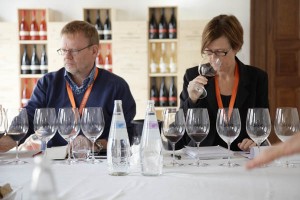
Therefore I did not collect much “evidence” on these strong wines in Puglia. But I did bring home a photo of a label where it says 17% alcohol. See the photo below. It even specifies that it has a potential alcohol level of 21% (in other words, would be 21% if all sugar had been transformed to alcohol). The wine was a Corimei from Schola Sarmenti. That kind of “double” percentage indication is not something you see very often but it is actually quite an interesting piece of consumer information. it tells you that the wine has a residual sugar of around 70 grams (1% = 17 grams of sugar). In other words, the wine is quite sweet.
So if you are curious about high-alcohol wines (or if you like them!) you should make a trip to Puglia. that would also give you the opportunity to taste quite a few excellent wines (and more balanced than the ones around 18/19%) made from negroamaro, primitivo, nero di troia, fiano and a whole bus load of other interesting local grape varieties!
What’s the strongest wine you have tasted? Write a comment!
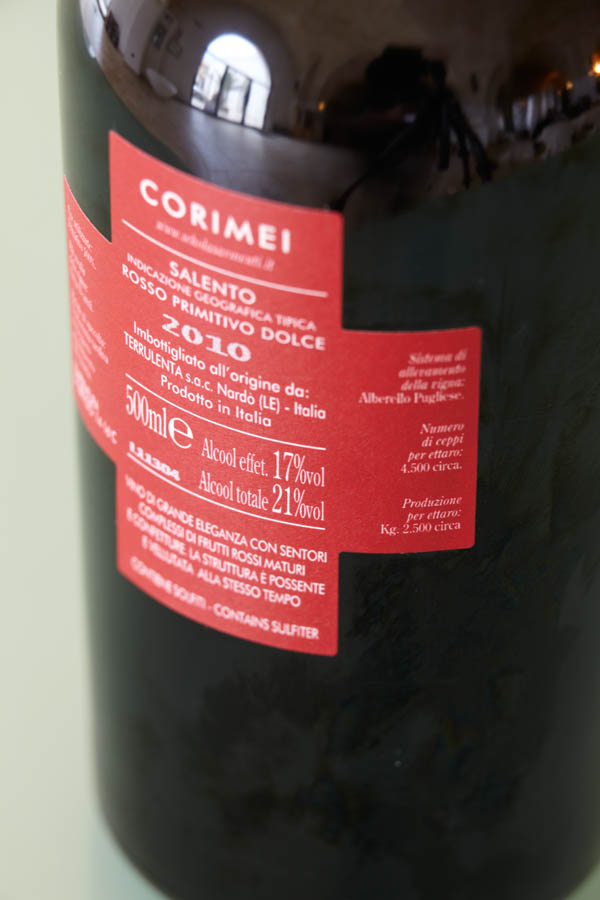


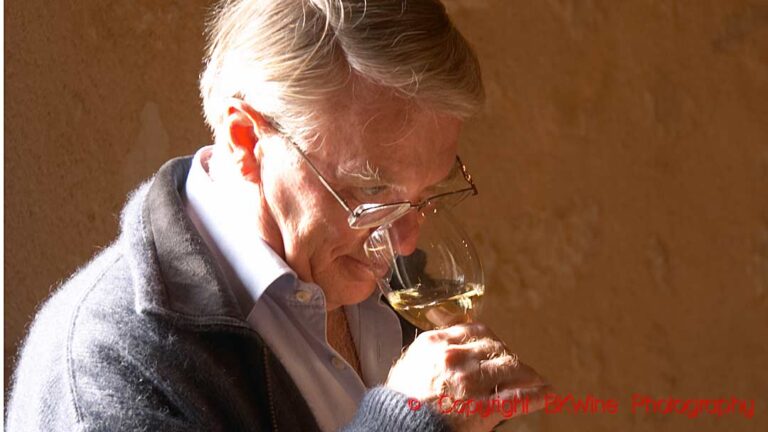
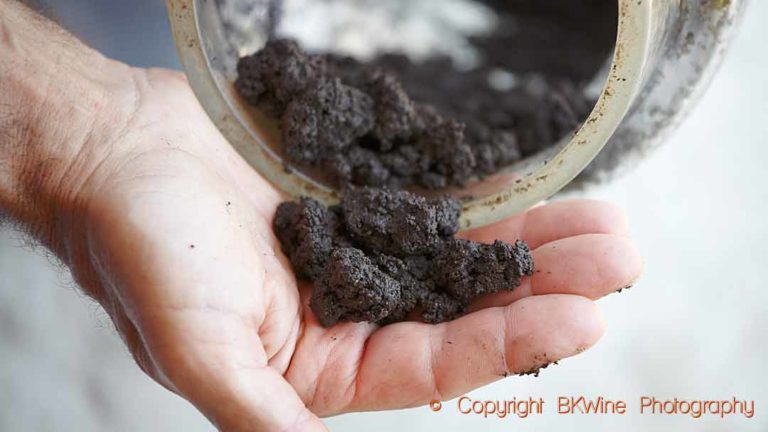
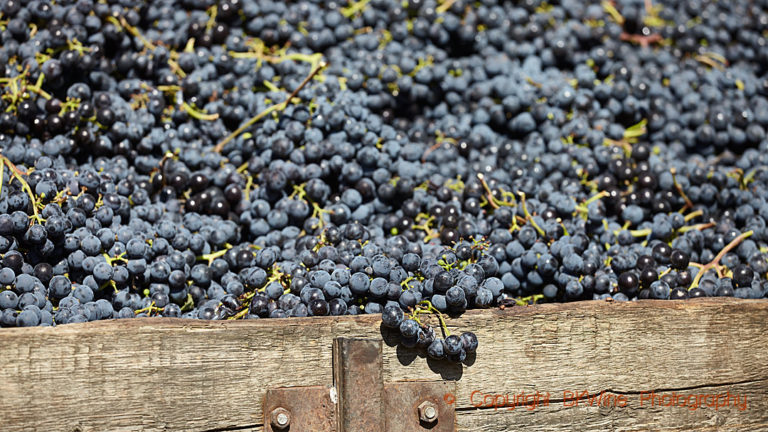




3 Responses
Kære Per,
Mille Una’s Capitolo Laureto 2008 (100% negroamaro) holder 19,3% alkohol, naturligt gæret. Almindelige gærtyper af arten saccharomyces cerevisiae fungerer meget dårligt over ca. 15-16% alkohol (de dør normalt), men det er relativt almindeligt kendt og dokumenteret, at saccharomyces bayanus godt kan bringes til at gære til over 18% alkohol. Jeg tror, at den teoretiske grænse går ved omkring 20% for bayanus. Bayanus er bl.a. naturligt forekommende i Valpolicella-området, hvor man historisk har set meget høje alkohol-niveauer. Jeg kan for eksempel mindes en Masi Mazzano 1970 på 17,2% alkohol. Når man når så høje alkohol-niveauer går gæringen meget langsomt, og gærcellerne dør efterhånden, så der kan være behov for at tilsætte nye gærceller med jævne mellemrum for at gære mest muligt af sukkeret.
Jeg er helt enig i din kommentar om, at det er balancen i vinen, der er vigtig, ikke alkohol-procenten i sig selv, men jeg kan så ikke forstå, at du alligevel mener, at når man kommer over 16% så er vinen pr. definition ikke balanceret. Det er jeg uenig i, og f.eks. Gianfranco Finos Primitivo di Manduria Es 2009, som holder ca. 17,5%, er efter min mening særdeles velbalanceret med alkoholen.
Med venlig hilsen
Ole
Ole,
I took the liberty to copy this comment over to the Swedish version of the post (in your name). I think more people will understand it there. I will comment on it there.
You can find it here:
https://www.bkwine.com/sv/reportage/vintillverkning-vinodling/mikael-molstad-soker-styrka-i-vinet/
-Per